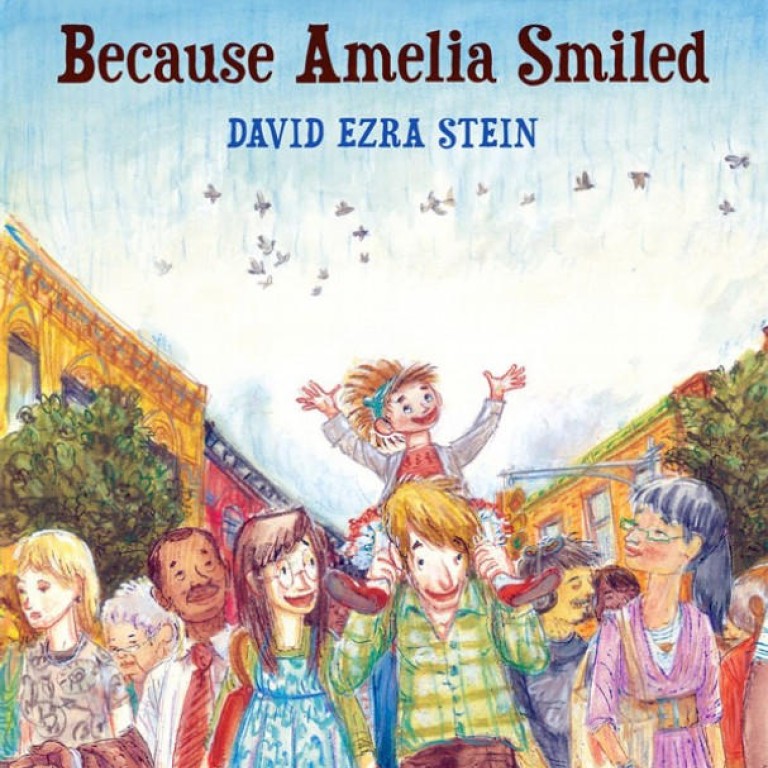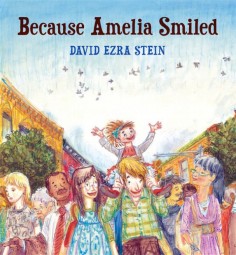
Pay it forward: Raising children who are 'bucket fillers'
March was volunteer month in my family. It started with flag day, standing outside a shopping centre in Causeway Bay, soliciting donations for the Hong Kong Society for Rehabilitation.
March was volunteer month in my family. It started with flag day, standing outside a shopping centre in Causeway Bay, soliciting donations for the Hong Kong Society for Rehabilitation. The traditional order of events was dropped by our children in favour of simultaneously soliciting and putting stickers on passers-by, in effect guilt-tripping them into opening their wallets.

The other activity was having my children join me at my day job, donating shelves full of books to underserved communities. We set up a bookcase at a day care centre in Shau Kei Wan and read stories to curious two-year-olds.
Children have an underdeveloped sense of community and mutuality because they are born self-centred. My children will learn good manners and reciprocity at home and at school, but I also wish to instil in them the true meaning of giving. This can only come from feeling good about the mere act of generosity, regardless of tangible rewards.
[The true spirit of] giving is the unselfish concern for the welfare of people who can do nothing for you
But the strong sense of protocol and reciprocity in Asian cultures sometimes overshadows how we give. When someone shows you kindness by treating you to a meal or sending you a gift, there is pressure to reciprocate. It is this expectation that may affect who we choose as the recipient of our kindness. The true meaning of giving is the unselfish concern for the welfare of people who can do nothing for you.
An age-appropriate introduction to compassion is Carol McCloud's illustrated children's book Using invisible buckets to symbolise how our words and deeds affect ourselves and others, this guide illustrates ways in which we can become bucket-fillers to achieve happiness.
In the 2000 film , Kevin Spacey plays a social studies teacher who asks his class to think of something to change the world and put it into action. One student (Haley Joel Osment) creates a mini-revolution in the lives of those around him with his idea to repay good deeds with new good deeds done to three new people.
Making time for volunteer work is a great complement to the journey of becoming a bucket filler.
I love the notion of paying it forward. My parents did volunteer work and contributed to their community in tireless and anonymous ways.
They made me aware of our interconnectedness with others by reminding me that paying it forward also happens with acts of meanness - if I am rude to a waiter, the waiter will feel bad and will go home and shout at his son, who will in turn feel bad and kick the family dog. It became an inside joke in our family to say, "Some poor dog will be getting kicked tonight" whenever we witnessed a "bucket dipper" in action.
This idea is also presented to great effect in , a new story by award-winning writer-illustrator David Ezra Stein. It shows how simple acts like smiling can spread joy across the world. ("Because Amelia smiled, Mrs Higgins smiled, too. She thought of her grandson in Mexico and baked some cookies to send him.")
Annie Ho is the board chairwoman of Bring Me A Book Hong Kong, a charity dedicated to improving children's literacy bringmeabook.org.hk

